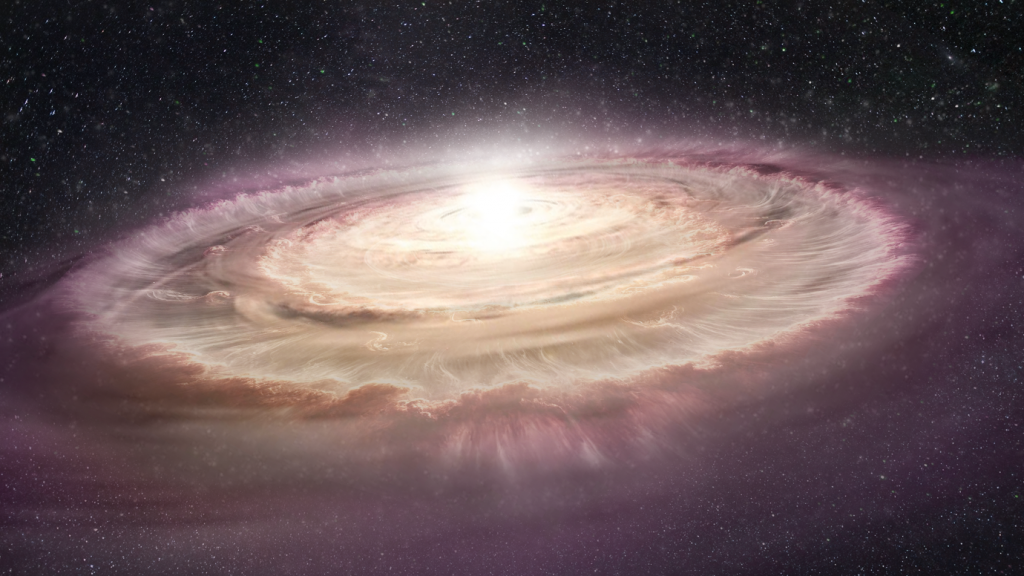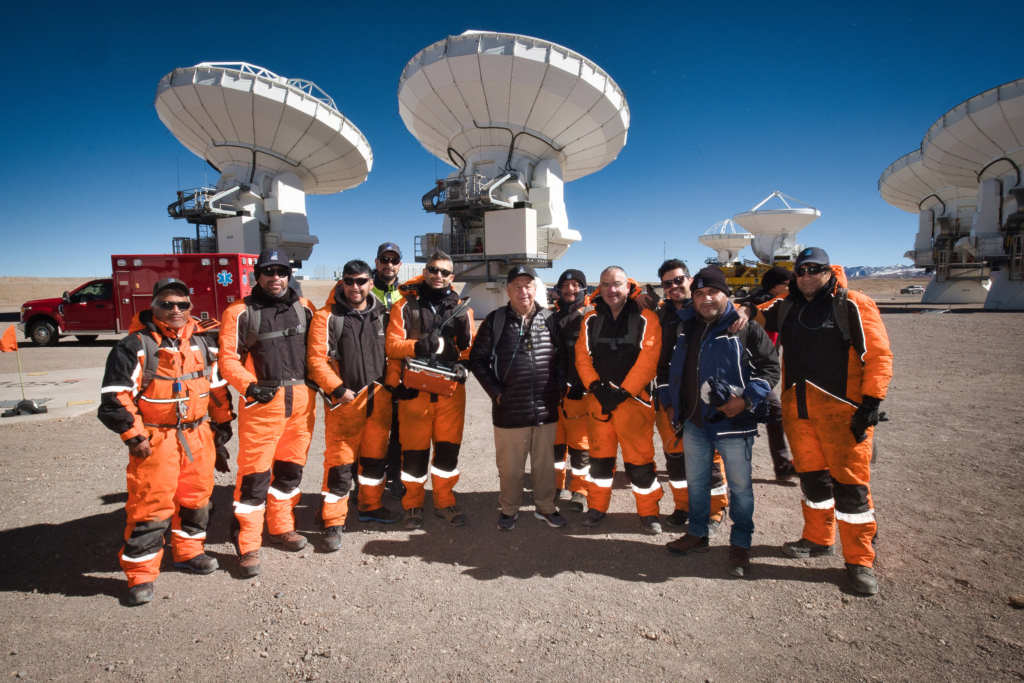An international team of astronomers used ALMA to capture high-resolution images of eight protoplanetary disks in the Sigma Orionis cluster, which is irradiated by intense ultraviolet light from a massive nearby star. To their surprise, they found evidence of gaps and rings in most of the disks—structures commonly associated with the formation of giant planets, like Jupiter.




